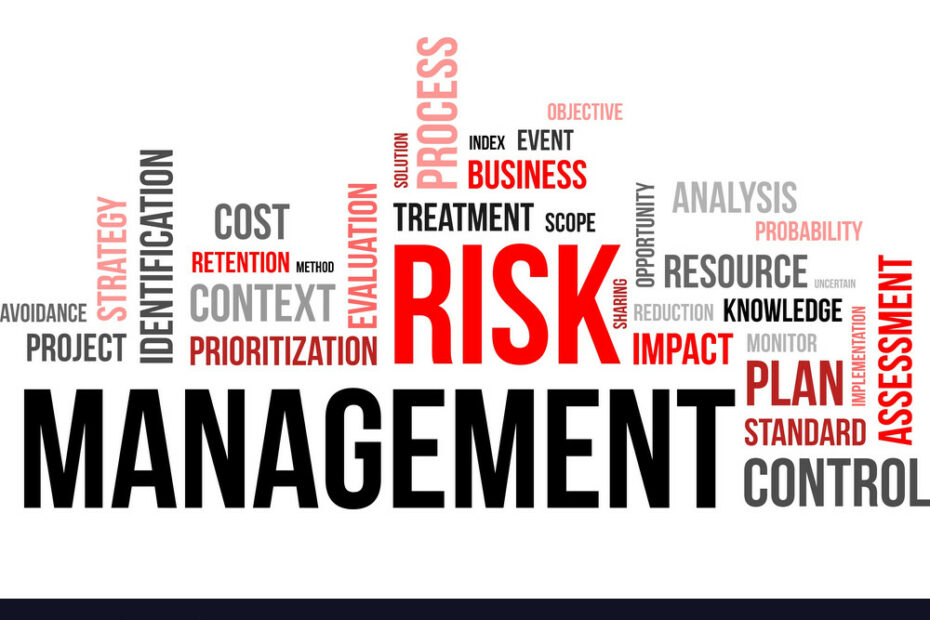Risk management is an essential part of any successful business strategy. Every organization faces risks, and the ability to identify, assess, and manage these risks can have a significant impact on the company’s success or failure. In this blog post, we will discuss the basics of risk management, why it is important, and how companies can implement effective risk management practices.
What is Risk Management?
Risk management is the process of identifying, assessing, and prioritizing risks in order to minimize their potential impact on an organization. This includes both identifying potential risks and developing strategies to manage them.
The goal of risk management is to reduce the likelihood and impact of negative events, such as financial losses, legal liabilities, and reputational damage. By effectively managing risks, organizations can protect their assets, increase their resilience, and ensure their long-term success.
Why is Risk Management Important?
Risk management is important for several reasons:
- Protecting the organization’s assets: Risk management helps to protect the organization’s assets, including its physical and financial resources.
- Minimizing financial losses: Effective risk management can help to reduce financial losses caused by unforeseen events.
- Reducing legal liabilities: By identifying and managing potential legal liabilities, organizations can avoid costly legal disputes.
- Protecting the organization’s reputation: Effective risk management can help to protect the organization’s reputation by preventing negative events that could damage its image.
- Ensuring long-term success: By minimizing risks and protecting assets, organizations can ensure their long-term success.
How to Implement Effective Risk Management Practices
Implementing effective risk management practices requires a comprehensive approach that includes the following steps:
- Identify potential risks: The first step in effective risk management is to identify potential risks. This can be done through a variety of methods, including risk assessments, internal audits, and analysis of past incidents.
- Assess the likelihood and impact of each risk: Once potential risks have been identified, they must be assessed in terms of their likelihood and impact. This helps organizations to prioritize risks and allocate resources accordingly.
- Develop risk management strategies: Once risks have been assessed, organizations can develop risk management strategies to mitigate or manage the risks. This may include implementing controls, transferring risks to a third party, or accepting the risks.
- Implement risk management strategies: After developing risk management strategies, they must be implemented and monitored to ensure that they are effective.
- Continuously monitor and review: Risk management is an ongoing process that requires continuous monitoring and review. Organizations must remain vigilant and adapt to changing circumstances to ensure that their risk management strategies remain effective over time.
Conclusion
Effective risk management is critical to the success of any organization. By identifying and managing potential risks, organizations can protect their assets, minimize financial losses, reduce legal liabilities, protect their reputation, and ensure long-term success. Implementing effective risk management practices requires a comprehensive approach that includes identifying potential risks, assessing their likelihood and impact, developing risk management strategies, implementing these strategies, and continuously monitoring and reviewing them. By prioritizing risk management, organizations can ensure that they are well-positioned to navigate any challenges that may arise.
